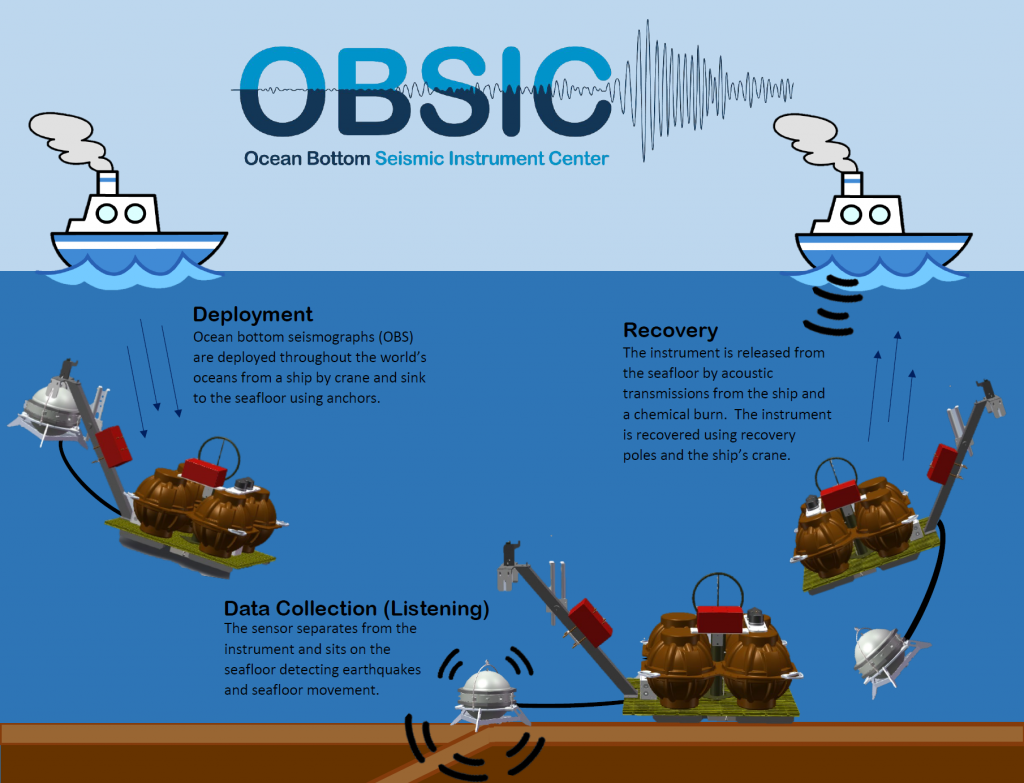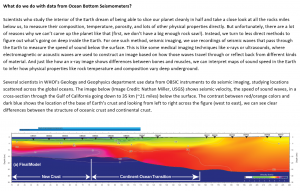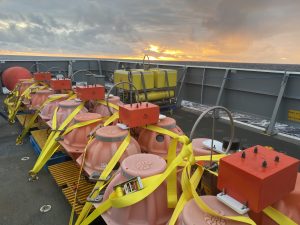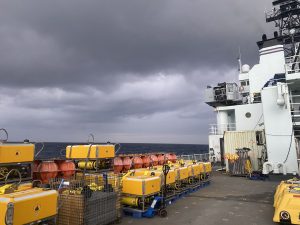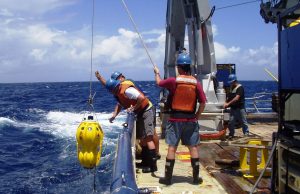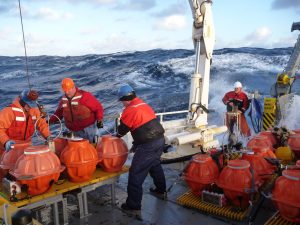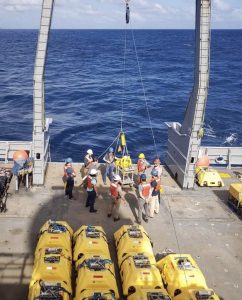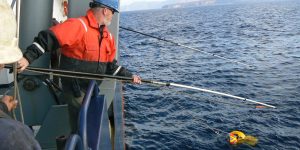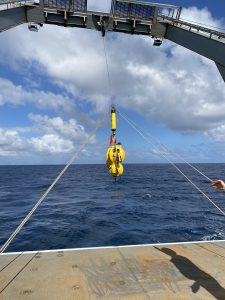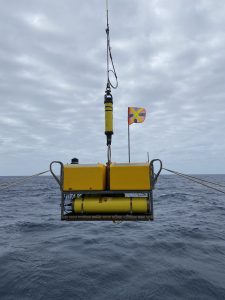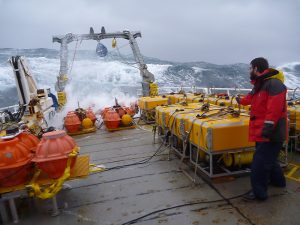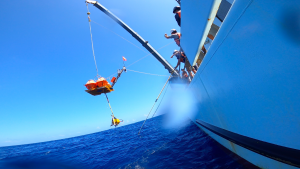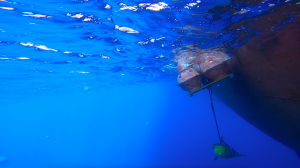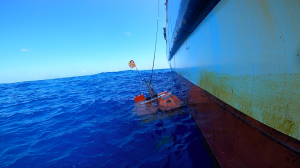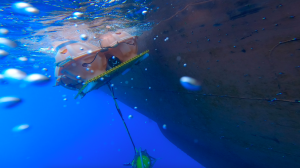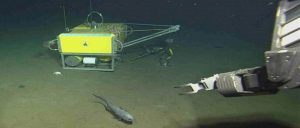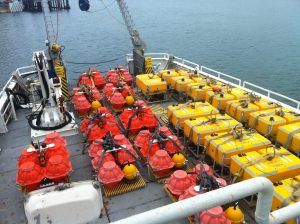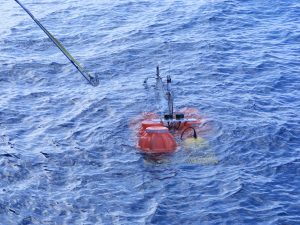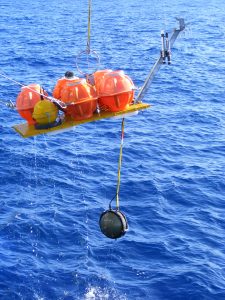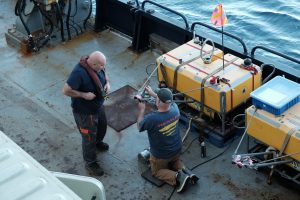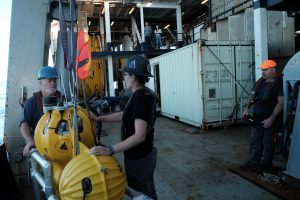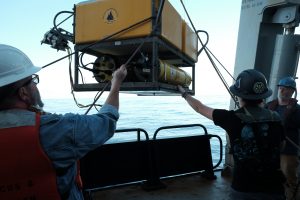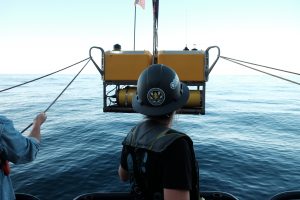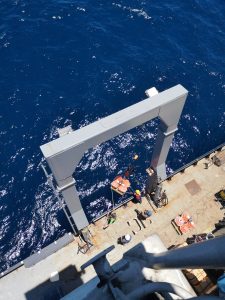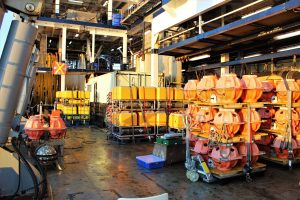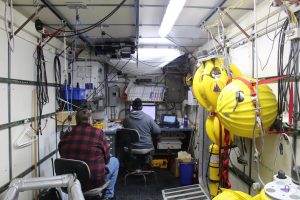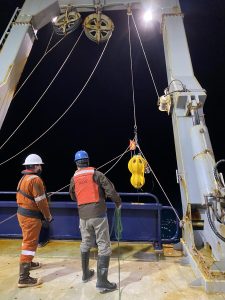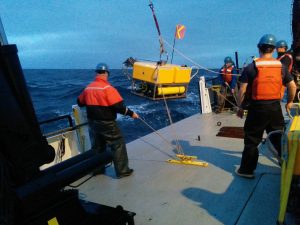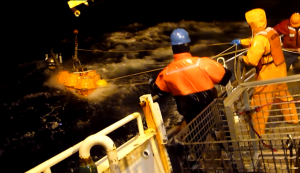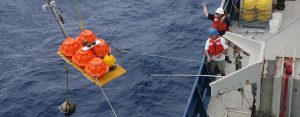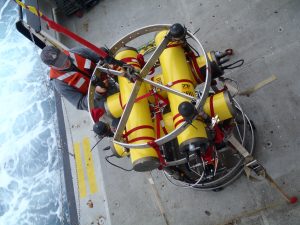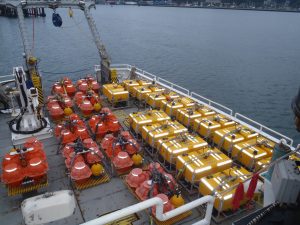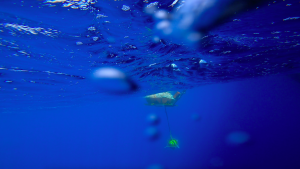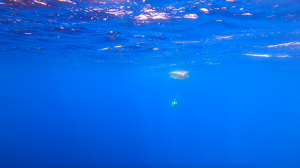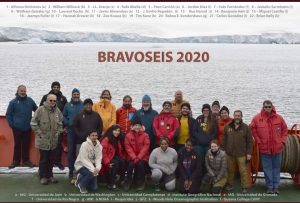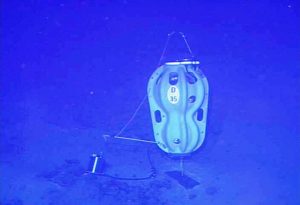Woods Hole Science Stroll
Event held in August each year | https://woodsholesciencestroll.org/
Thanks for stopping by the Ocean Bottom Seismic Instrument Center (OBSIC) booth and learning about Marine Seismology. Below you'll find further information on the activities at our booth (click on each panel to learn more).
What is an OBS?
Seismometers measure motion of the ground. About 90% of all earthquake-generated fault slip occurs underwater, where the pressure and inaccessibility make measurements difficult. The Ocean Bottom Seismograph or OBS, was developed for this task. Scientists use seismometer data to locate earthquakes and to calculate energy released by earthquakes. By using sensitive seismometers to study small earthquakes, researchers are working to forecast the effects of large earthquakes and the timing of volcanic eruptions.
How Does it Work?
Seismometers work on the principle of mechanical inertia. The seismometer frame is rigidly attached to the earth. Inside the seismometer, a mass mounted on a suspension such as a pendulum or a spring sits between two plates of a sensitive capacitor. During an earthquake, the seismometer frame and capacitor transducer move with the earth, but the suspended mass tends to stay stationary in an inertial reference frame. The force required to keep the mass centered between the capacitor plates is a measure of ground acceleration.
MEDIA GALLERY
OBSIC at Sea
OBSIC deploys and recovers instruments all around the world. These images are a small snapshot of what we do.


